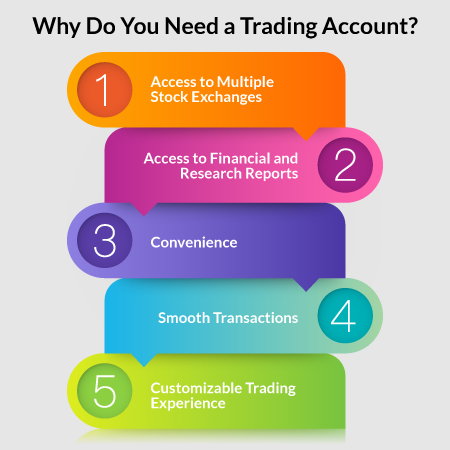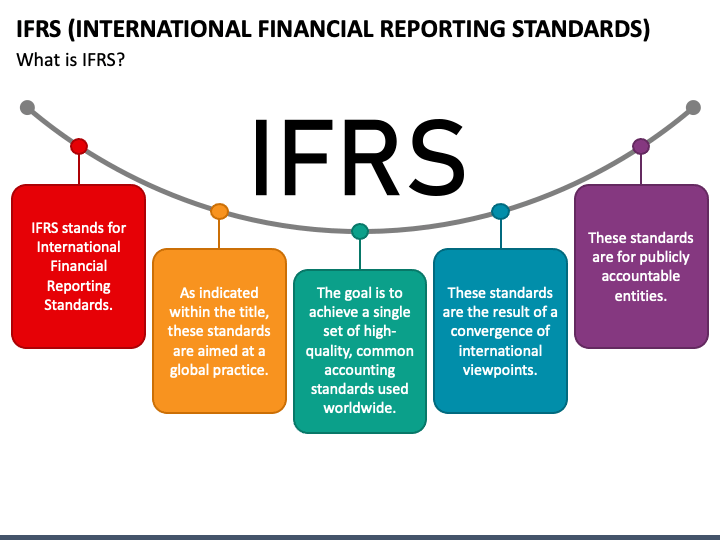What Is Trading Account in Accounting? Full Explanation

When it comes to the world of accounting, there are numerous terms and accounts that businesses need to be familiar with. One such fundamental concept is the “trading account.” It’s a term that often causes eyebrows to furrow in confusion. So, let’s unfold the layers of the trading account and understand how platforms like filewithca.com can be of assistance.
What is a Trading Account?
Contents
A trading account is the first financial statement prepared during the accounting cycle. This account is used to determine the gross profit or gross loss of a business entity by comparing the revenue from sales with the cost of goods sold.
Purpose of the Trading Account:
The main objective of a trading account is to highlight the efficiency of the production or purchase operations of a business. It’s a measure of how well a company is managing its core business of buying and selling goods.
Components of the Trading Account:
A trading account typically includes:
- Opening Stock: The value of goods available for sale at the beginning of the accounting period.
- Purchases: The total cost of goods bought, including any additional expenses directly related to the purchase.
- Sales: The revenue earned from selling goods.
- Closing Stock: The value of unsold goods at the end of the accounting period.
The basic formula for the trading account is:
Opening Stock + Purchases + Direct Expenses – Sales – Closing Stock = Gross Profit/Loss
Understanding Gross Profit and Gross Loss:
- Gross Profit: If the sales exceed the total cost (including purchases and direct expenses), the result is a gross profit.
- Gross Loss: Conversely, if the total cost surpasses sales, the trading account reflects a gross loss.
How Does a Trading Account Work?
A trading account works as a ledger where all transactions related to the buying and selling of goods are recorded. It starts with the opening stock, adds all the purchases made during the year, and then subtracts the closing stock to compute the cost of goods sold. The difference between the sales and the cost of goods sold is the gross profit or loss.
Importance of Trading Account for Businesses:
For any business, especially those in the retail and wholesale sector, the trading account is vital as it provides:
- Insight into direct trading expenses.
- Data for comparison of stock efficiency.
- Information to aid in strategic decision-making regarding pricing, purchasing, and sales.
- The basis for further financial statements like the profit and loss account.
How filewithca.com Helps with Trading Accounts:

When managing a trading account, accuracy is key, and this is where filewithca.com steps in. Here’s how they can assist:
- Expertise: With a team of seasoned accountants, filewithca.com offers professional assistance in setting up and managing your trading account.
- Compliance: They ensure that your trading account complies with the latest accounting standards and regulations.
- Integration: They can help integrate your trading account with other financial statements for a comprehensive financial overview.
- Advisory Services: With their expertise, filewithca.com can provide valuable insights on how to improve your gross profit margins.
- Technology: Utilizing modern accounting software, filewithca.com streamlines the process of managing your trading account.
Conclusion
A trading account is not just a collection of numbers; it’s a narrative of your business’s trading performance. Understanding it is crucial for any business owner who wants to keep their finger on the pulse of their business’s financial health.
Platforms like filewithca.com are more than just service providers; they are partners in ensuring that your business’s financial narrative is one of success and growth. With their assistance, the complexities of the trading account become less daunting, enabling you to focus on what you do best—running your business.






